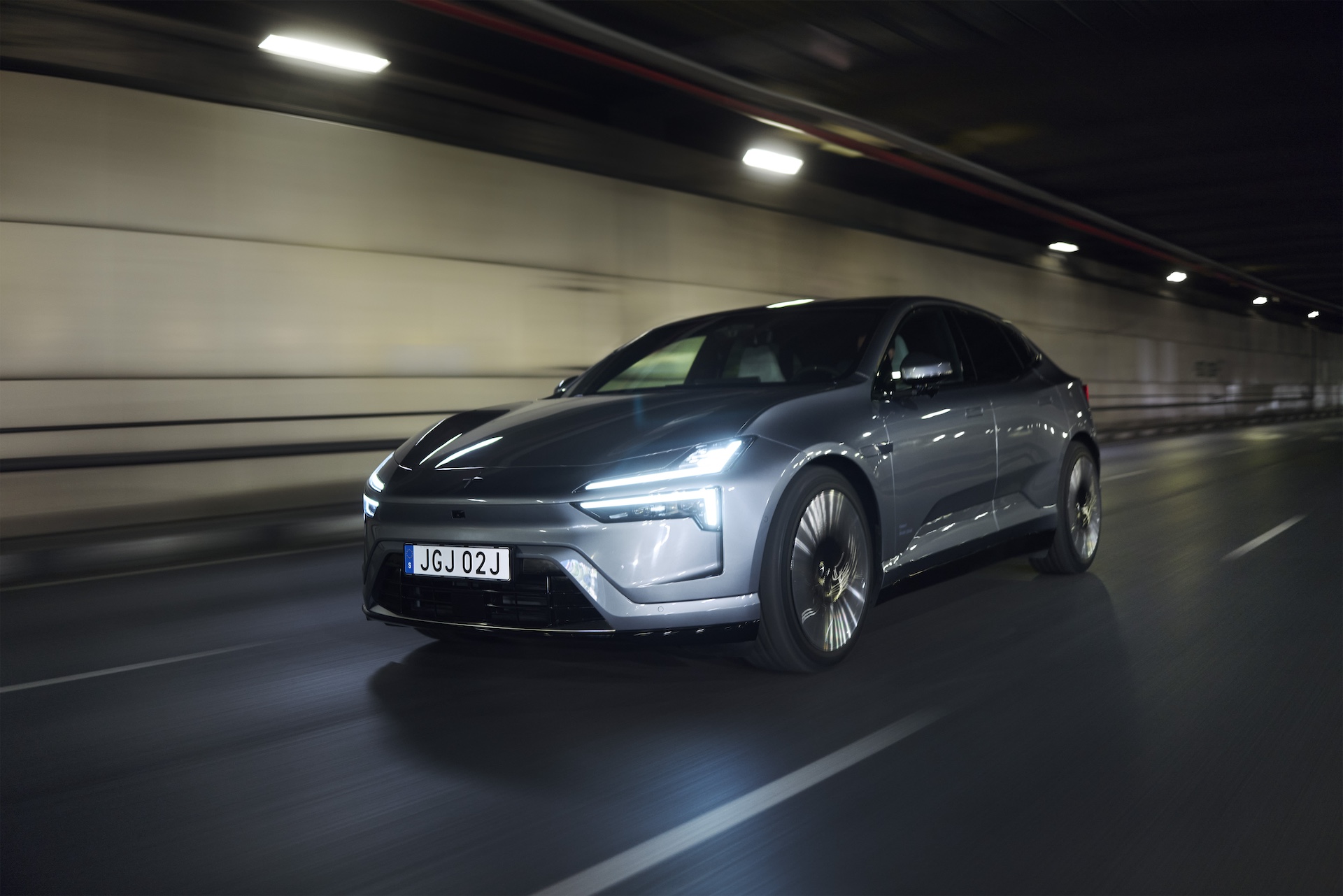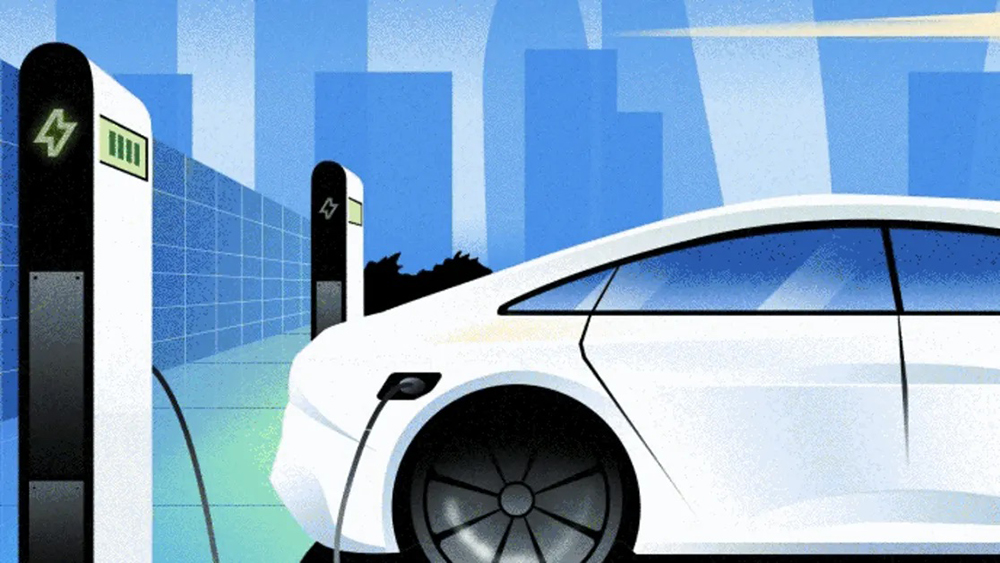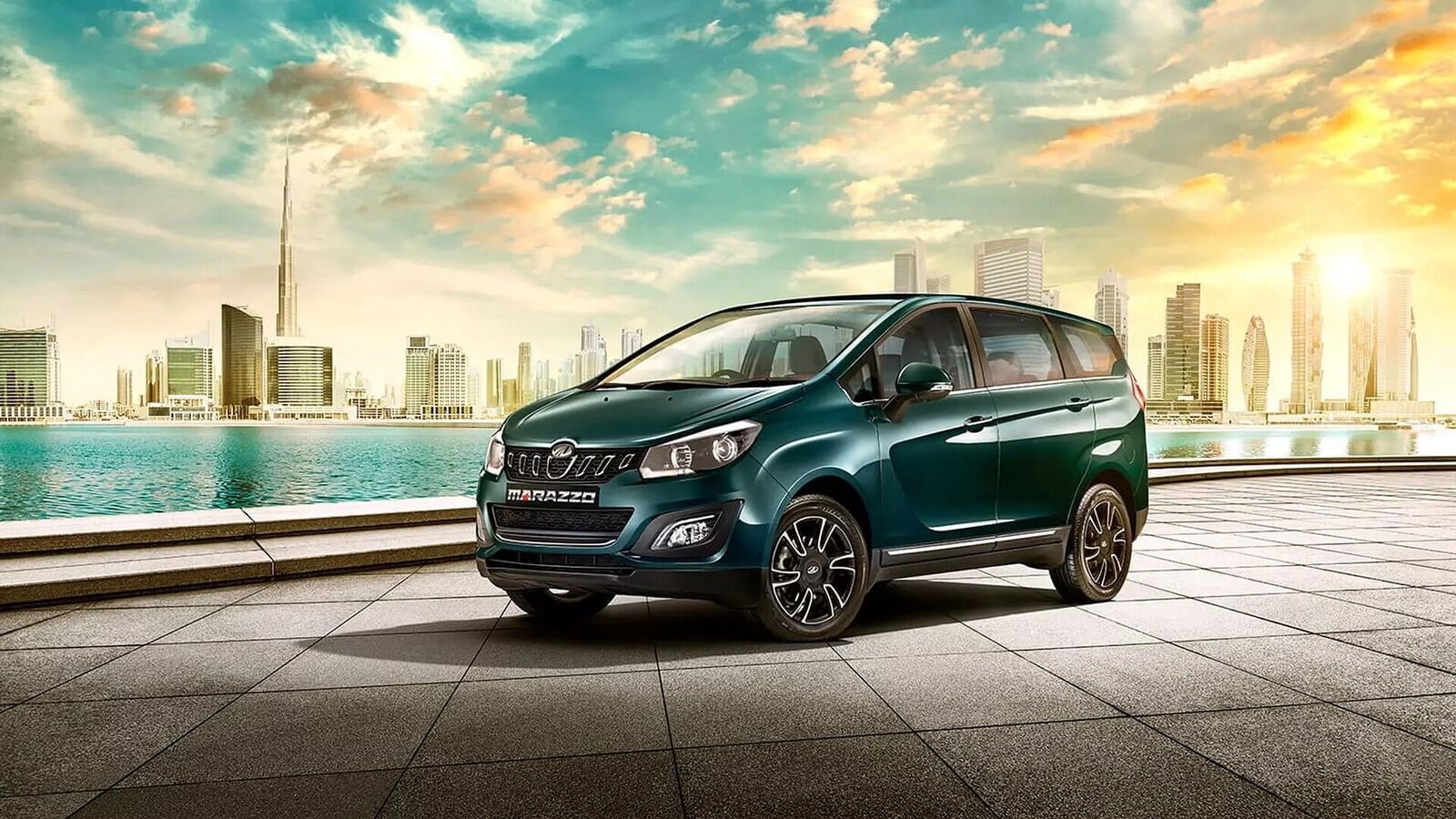-
The 4 packs a 102-kwh battery pack, with up to 200-kw fast charging
-
Range? It’s 270 miles in two-motor form, 300 miles with one (both estimated)
-
No 800-volt charging, but the Polestar 4 has Android firmware on deck
-
About that rear glass…or the lack of it…
Polestar has marched through its debut as a brand with a plug-in hybrid 1 coupe, then on to a conventional-ish 2 sedan as it leafs out with a full battery-electric lineup.
This year the Polestar 3 swings for efficient performance with its seven-seat body style and U.S. assembly site. It seems a surer bet than the Polestar 4, an intriguing new entry that blends coupe, sedan, fastback, and SUV cues as its come-on to drivers lured otherwise by the Genesis GV60, Tesla Model Y, or the upcoming Porsche Macan EV.
If you’re looking to define it with a body-style label, don’t. Its ground clearance is on the low end of the SUV norm. Its four doors rule out the coupe tag. The fixed glass over the rear-seat passengers nixes the hatchback idea. Sedan? With that roofline?
For the Polestar 4, genre is a construct. It’s curious about a lot of body styles but not fixated on any of them. That makes it a fascinating new thing that grants it much leeway with its distinct but not fatal flaws: a hyperfocus on touchscreen functions, moderately fast charging, and an occasionally brittle ride.
How do I know? I drove it from central Madrid to the hills northwest near Segovia, and back. The Polestar 4 does have plenty of familiar electric-car feel. But in some ways, it’s all by itself.

2025 Polestar 4
2025 Polestar 4: Fast acceleration, quick charging
-
0-60 mph: 3.7 seconds (AWD), 6.9 seconds (RWD)
-
300 miles of range (single-motor), 270 miles (dual-motor)
-
400-volt DC fast charging at 200 kw maximum; 10-80% in 30 minutes
-
One-pedal drive in all drive modes—via a screen tap
-
More specifications: 2025 Polestar 4
Two Polestar 4s lurk inside its slick body. There’s an amply quick single-motor car with rear-wheel drive, and a fast hustler with two motors and all-wheel drive. Neither has much steering sensation and big wheels tax their adaptive damping, but both still feel next-wave.
A 102-kwh battery underpins both versions. In the single-motor Polestar 4, it’s not exactly juiced, with 272 hp and 253 lb-ft of torque. That’s good for a 0-60 mph time of 6.9 seconds, Polestar says, and for 300 miles of driving range by their estimates (by EPA standards, not WLTP). If so many other EVs didn’t have unnecessarily blinding acceleration, this would all be fine.
Until you drove the two-motor 4, that is. That same battery surges here for a net 544 hp and 506 lb-ft. That clips the 0-60 mph time to 3.7 seconds—and range, too, to 270 miles. It’s the car you’d want on the mountain passes that thread northwest toward Segovia, where Seats and cyclists pace progress in 20-kph increments. Find a spot in the lane ahead, flick the accelerator, and the dual-motor Polestar 4 snaps to attention and finds the slot—all without the zithery soundtrack of some other luxury EVs.
Single-motor cars have standard dampers and struts, but the all-wheel-drive, dual-motor Polestar 4 gets adaptive dampers that want to help it cope with the enthusiasm the powertrain can generate. It needs more compliance, even when it’s fitted with the mid-range 21-inch Michelin Pilot Sport EV tires from my test car. (The 4 comes with 20-inch wheels standard, and 22-inchers come with U.S.-bound AWD cars.) With its power delivery set to performance mode and its steering left to its normal weighting—light—the 4 could track precisely down the highway while it got ruffled by stretches of scabby pavement, skittering across instead of absorbing it.
The solution? Brake into those patches, or deploy one-pedal drive mode to lessen the impacts. The two stopping systems work in concert well, though the one-pedal mode feels less eager to decelerate than in some other performance EVs I’ve driven recently.
In other bona-fides news, the two-motor Polestar 4 has a 3,500-pound tow rating and a claimed 6.5 inches of ground clearance, but with these looks, who’d press either rating?
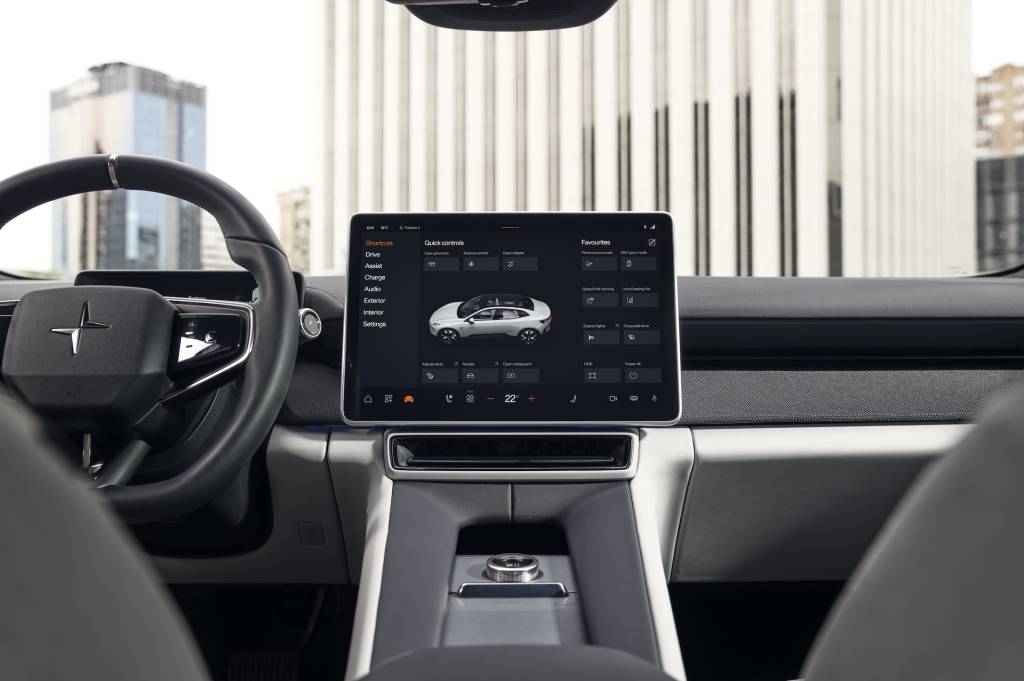
2025 Polestar 4
2025 Polestar 4 exterior and interior: Lots of space, even in the interface
-
Great style, inside and out
-
Great room, too: 190.5 inches long, 118.1-inch wheelbase, 18.6-54.2 cubic feet of cargo space (and a small front trunk)
-
Too many functions buried in the touchscreen
-
Interior lighting themed on the solar system
The 4’s exterior and interior style wrap around a cabin with lots of space—and Polestar takes that to a literal conclusion in the ambient lighting. It’s patterned after objects floating in our solar system: a rolling planetarium, minus the Doobie Brothers.
The 4 serves up an exciting wedge shape decorated by pickaxe LED headlights, and capped by a Polestar logo. Down its sides, the 4 gets chunky and angular sills that hollow out what otherwise would be thick spans of sheet metal. A single strap of LED taillights pulls in the tail toward the rising rear roofline, all to good spartan effect.
Where I think the 4 falls flat is with the long panoramic roof that extends over the rear seat, and in the stubby decklid hidden in its profile. Polestar uses these two to omit a rearview windshield, and it actually doesn’t go far enough to make the car so visually distinct as to overcome the vision problems it induces. For those of us with prescription glasses or motion sickness, the Polestar solution of a digital rear camera mirror is no solution. Mazda took the 3 hatchback further to the edge of the styling ice—and it’s more of a standout.
The 4’s cockpit has been pared down more than needed, too. The 10.2-inch digital gauge cluster and 15.4-inch tablet-style touchscreen work fine as displays. When they’re put to work through the Google built-in interface to host lots of functions normally toggled or switched or spun with a knob, they breed the kind of J.D. Power dissatisfaction that other car companies avoid like inquiries from reporters. So many functions depend on the touchscreen and on steering-wheel controls—adjusting head-up display height and information, steering-wheel position, et al—that it can take minutes to set up the car for a driver that isn’t in one of the car’s available “favorite” setups.
It’s a setback, since the rest of the cabin perfects the uncluttered and matte-luxury touch of the EV genre. The woven-textile seats have excellent support and hard controls for adjustment. Polestar offers real leather upholstery, too. The 4 has lots of footroom and headroom thanks to the flat floor and form factor. And the lack of rear glass doesn’t induce back-seat anxiety as much as I expected. The rear bench needs better support stitched into it, though its electric-recline option will coddle two large passengers while the third middle passenger snoozes on their shoulders.
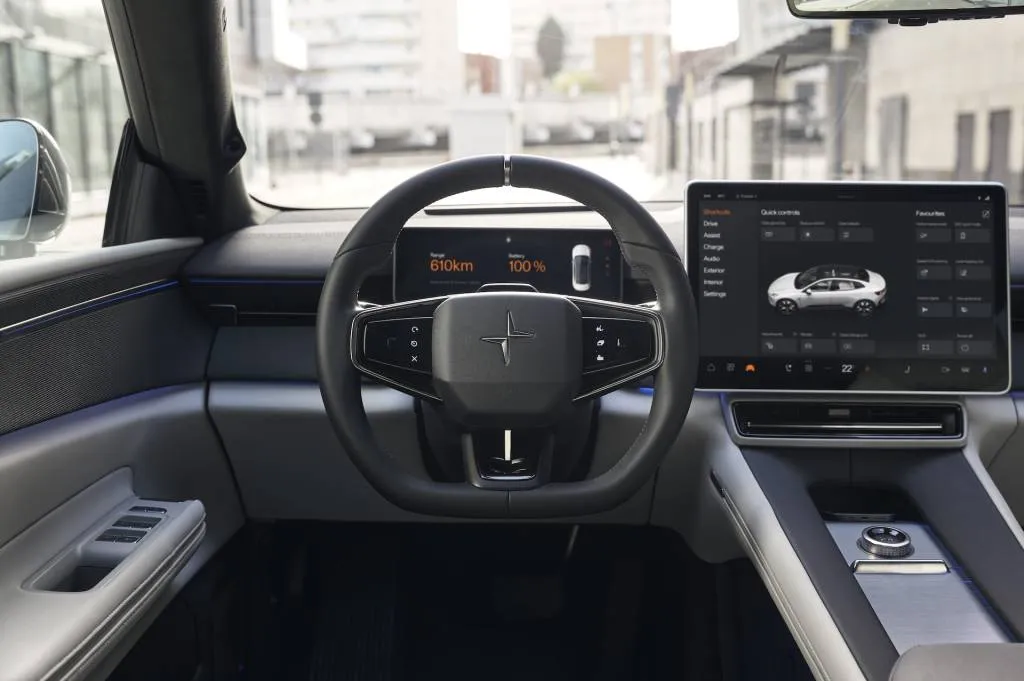
2025 Polestar 4
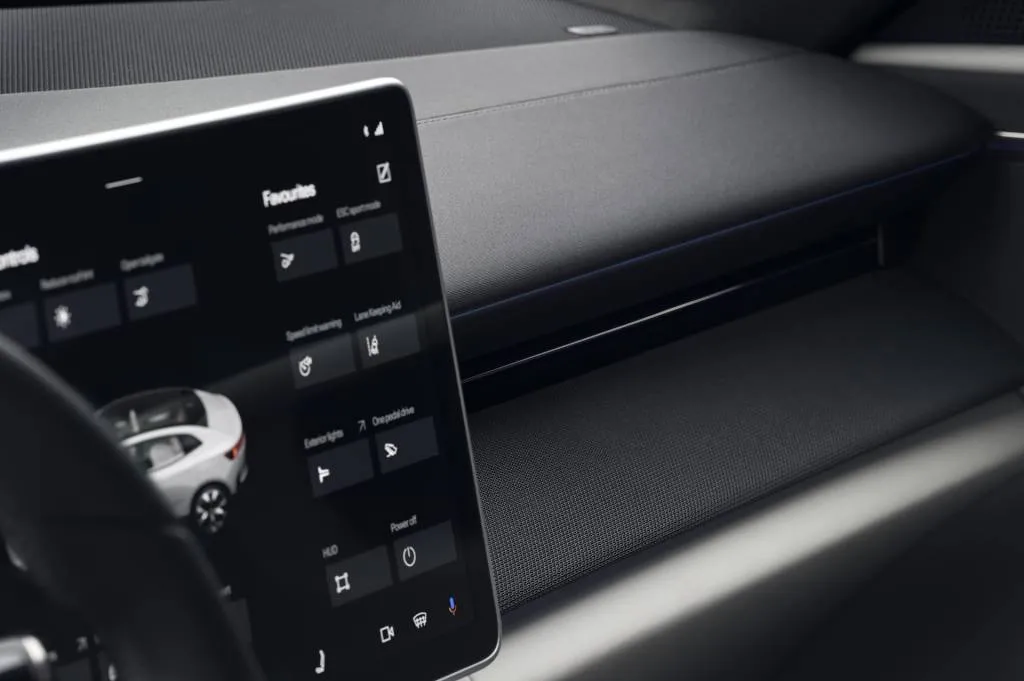
2025 Polestar 4
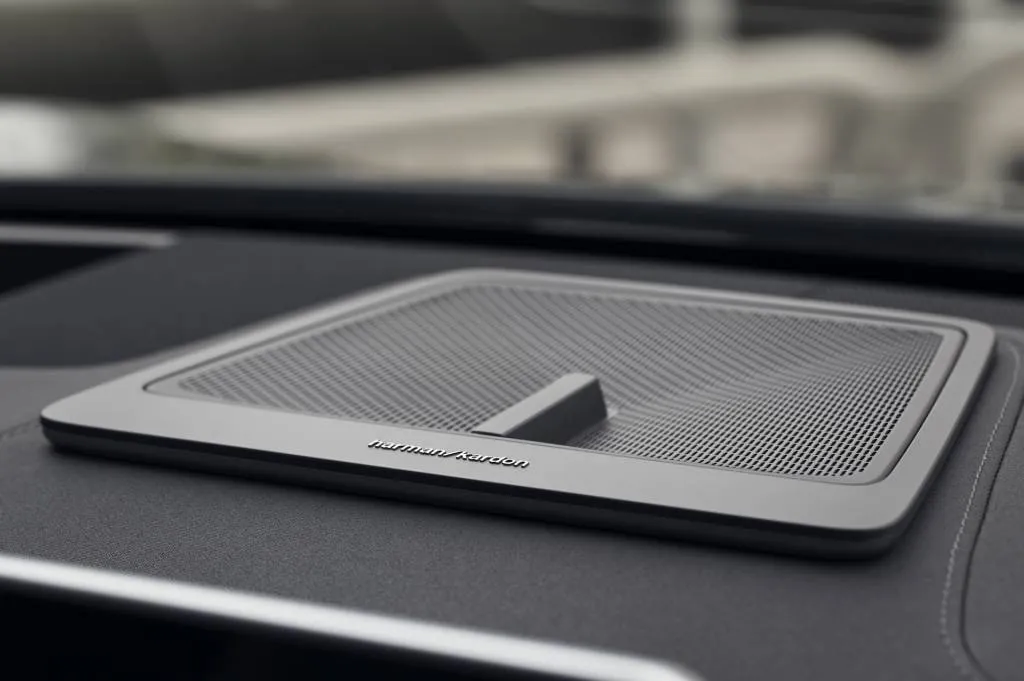
2025 Polestar 4
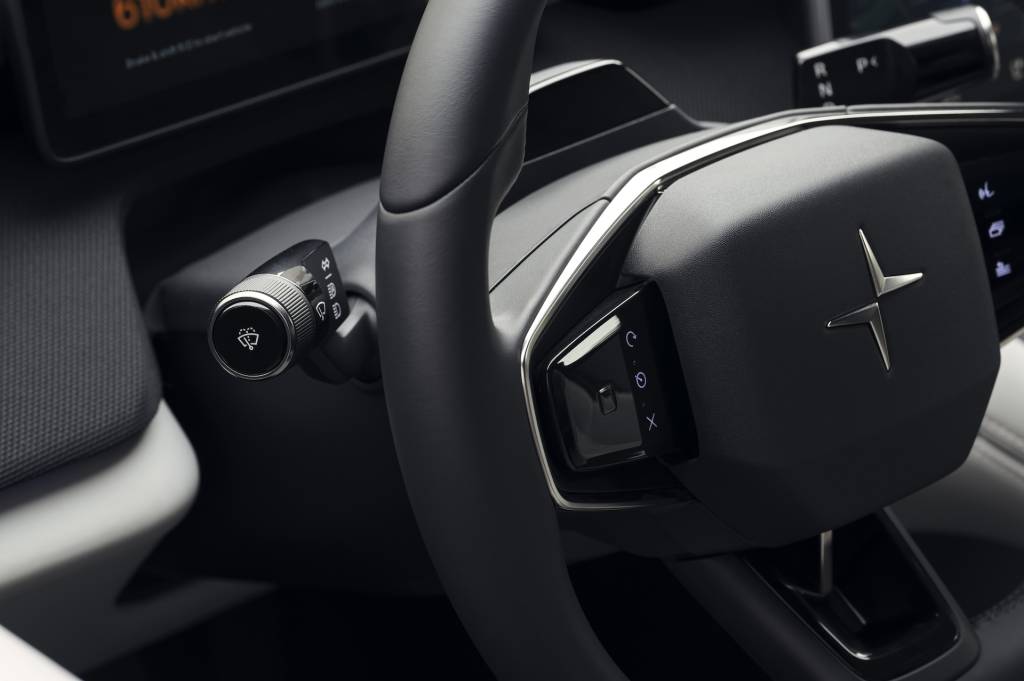
2025 Polestar 4
2025 Polestar 4 prices and technology: OTA all the way
-
$56,300 for the rear-drive 4
-
$64,300 for the AWD 4
-
Wireless CarPlay and smartphone charging standard
Available to order now, with deliveries to begin in a few months, the Polestar 4 costs $56,300 for the single-motor car, inclusive of a $1,400 destination charge. The AWD dual-motor car costs $64,300.
Every Polestar 4 has automatic emergency braking, blind-spot monitors, adaptive cruise control, active lane control, and a surround-view camera system. Limited hands-free driving comes with an option package that knits together 12 lidar sensors, 14 cameras, and a radar sensor—and Polestar promises upgraded ability through OTA updates without committing to the “full self driving” schtick. Other standard features include a power tailgate, a panoramic roof, power front seats, and 20-inch wheels.
Options range from the $1,500 lidar-sensor Pilot Pack on single-motor cars (dual-motor cars carry it standard) to a Pro Pack ($2,000 or $600, single- or dual-motor) which adds 21-inch wheels, gold valve caps, and gold-striped seatbelts.
A Plus Pack lifts prices to $61,800 or $69,800, respective of motor count. It sports 12-way power front seats, synthetic leather upholstery, heated and reclining rear seats, a head-up display, and Harman Kardon audio.
Dual-motor cars with the Performance Pack cost $74,300, which nets them a sport-tuned suspension, 22-inch forged wheels and summer tires, as well as Brembo brakes with upgraded discs and gold-painted calipers.
The first versions of the 2025 Polestar 4 will be assembled in China, an untenable situation given tariff talk. Early next year, the vehicle moves to a plant in South Korea, which might or might not resolve those tariff issues. For now, the price is the price, Polestar says. With its standout style and intentional quirks, the Polestar 4 could turn out to be a cult favorite. In EV circles, as we’ve seen, usually it pays to be different.
Polestar paid for travel so that we could bring you this test drive review.
